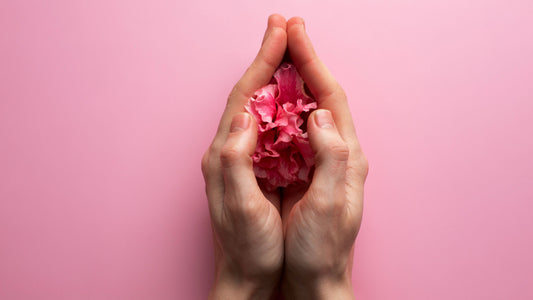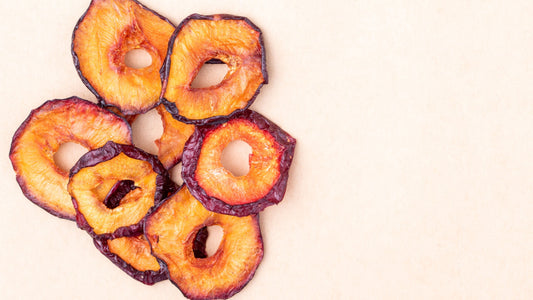Research shows that as our hormones decline we suffer symptoms with our “lady parts” such as dryness, painful sex and incontinence; and that these distressing symptoms are key to our waning sexuality and how we see ourselves.
So we really need to get a handle on these symptoms, ladies!
In medical terminology these symptoms are referred to as vulvar-vaginal atrophy symptoms.
Wow…that’s a mouthful, but I’m providing a short video today that will help you understand a bit more about your anatomy when it comes to your vulva in particular.
I find a lot of women don’t really understand their anatomy…even though the vulva is likely where many women experience a great deal of their everyday discomfort “down there”!
Vulvar-vaginal Atrophy Symptoms Are Much Like The Aging Effects You Can See On Your Face When You Look In A Mirror
You can see the health of your face, the wrinkles, the dryness or irritation (such as breakouts from pH imbalances, toxins and stress), sunburns and more.
The same thing can be said about your “lady parts”. A doctor can look and easily see if your skin “down there” is dry and irritated. Is it a healthy color, is it a healthy pH? Is there discharge? How is the vaginal musculature, etc.
But shouldn’t YOU know what’s going on “down there”? And shouldn’t you be holding up a mirror and checking things out? Yes! You need to know what healthy “lady parts” skin looks like. Just like when assessing the skin health of your face, you should be able to assess the skin health on and around your vaginal area.
So Let’s Find Your Vulva!
In today’s video let’s talk a bit about anatomy. So grab a mirror and let’s take a little tour of your down under.
And might I add, you need not be alarmed if what you see looks different than photos you may have seen. It likely will!
We need to appreciate the beauty and uniqueness of our bodies
And A Woman’s Vulva Is Just Like Her Beautiful Face…Each One Completely Unique…
While the media may tell you otherwise, a woman’s vulva does in fact come in all sizes and shapes.
As a practicing gynecologist for so many years, believe me…I used to have many patients come to me and question whether their anatomy was “normal”. Some even considered surgery to “fix” theirs. I’d say “no” and point them to the orchid plant, which is commonly used in art to depict the vulva.
The orchid actually is a good representation of the vulva…every orchid is different and beautiful in its own way… and even a single orchid changes in appearance as it matures.
In today’s video we’ll be talking about:
• Where your vulva is located (and some other anatomy tidbits)
• Why it’s important to know what your vulva looks like
• How every woman’s vulva is unique
• Just a few quick points on how you can nurture your vulva and keep it healthy (more on this later)
Every woman should know where her vulva is, and what her healthy vulva looks like!



